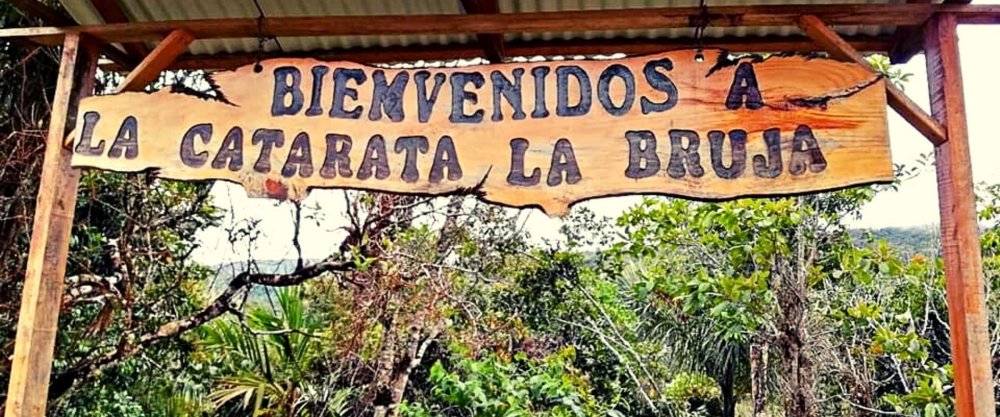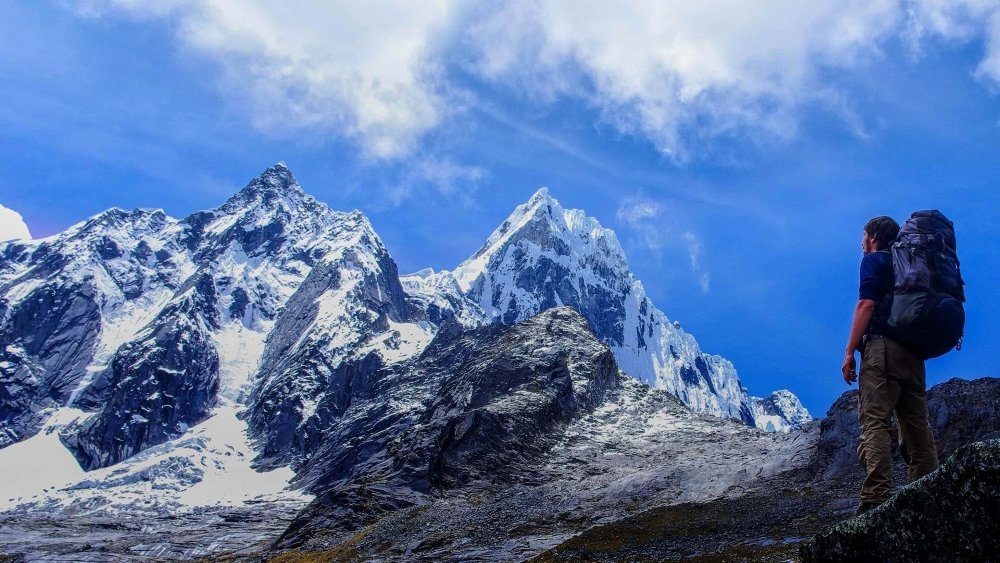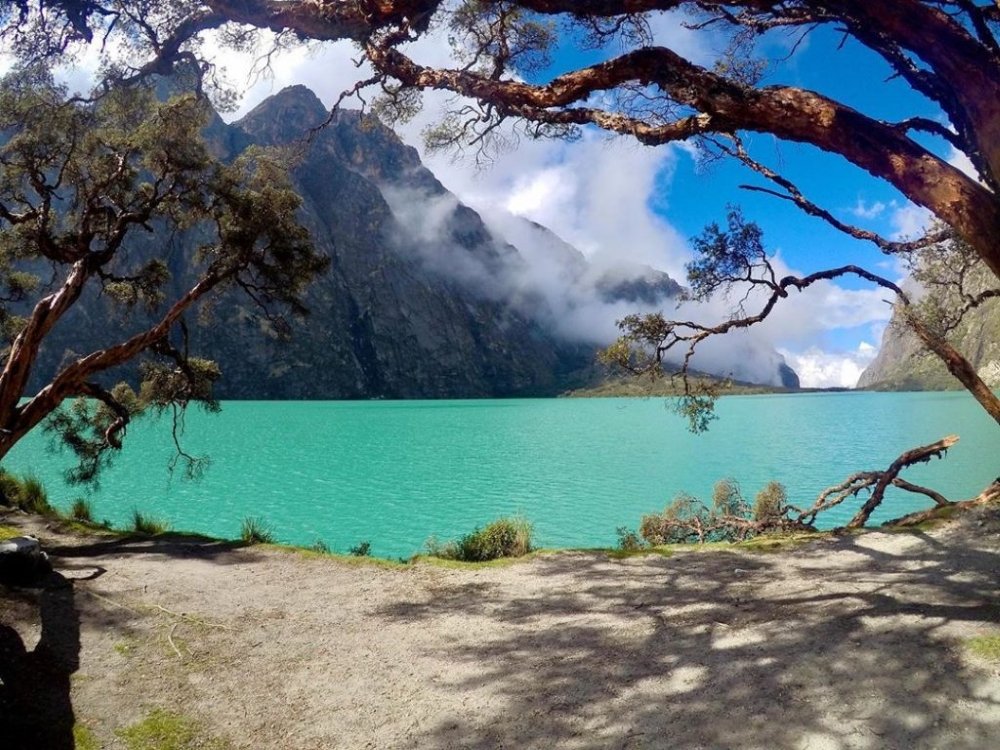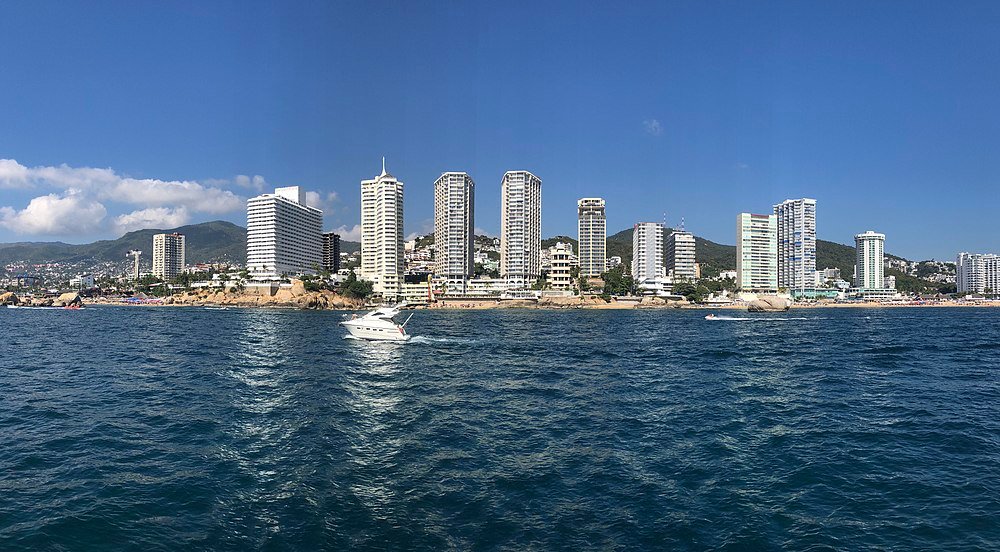
La Chocta Archaeological Complex
Nestled in the majestic mountains of Cajamarca, Peru, the La Chocta Archaeological Complex is a little-known treasure that offers a fascinating window into the ancient civilisations that inhabited this region. With its rich history and impressive architecture.
History and Significance
La Chocta, which means “resting place” in Quechua, is an archaeological site dating back to pre-Inca times. It is believed to have been an important administrative and ceremonial centre of the Cajamarca culture, one of the many civilisations that flourished in the Andes before the arrival of the Incas. The Cajamarca culture is known for its sophisticated pottery and complex irrigation systems.
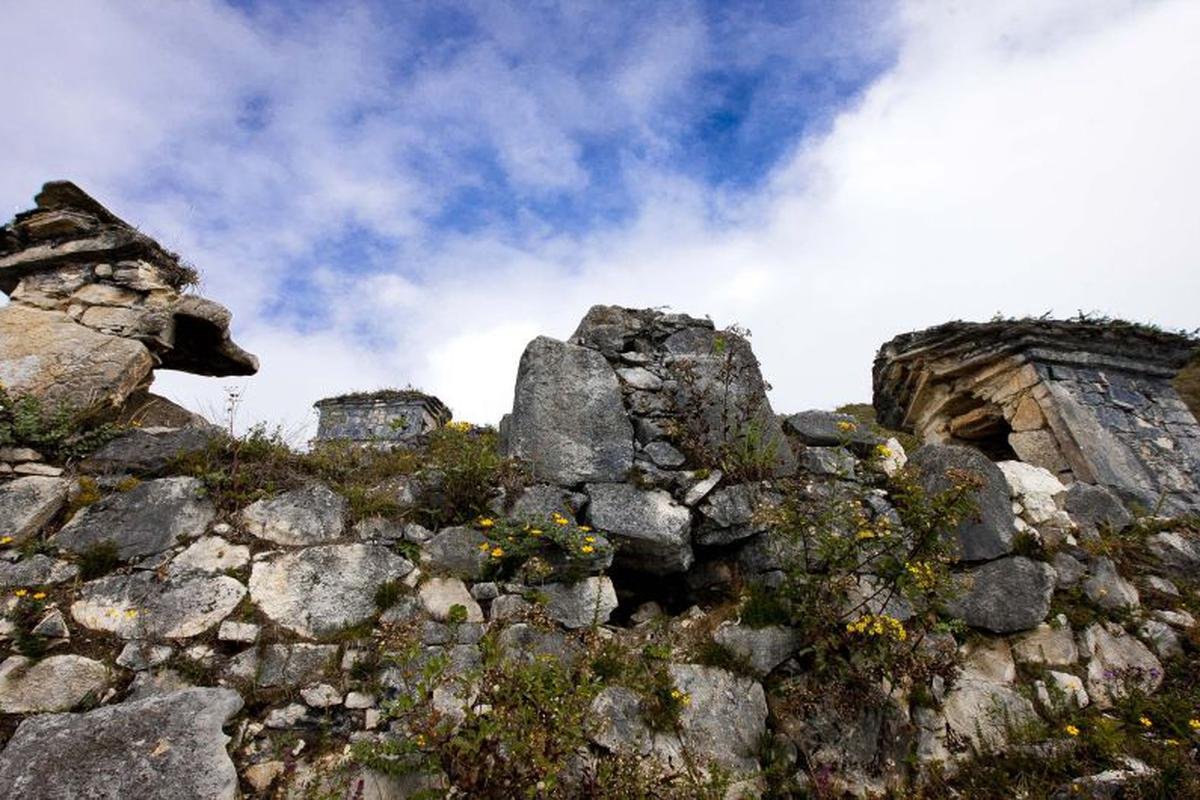
What You’ll See at La Chocta
The complex stretches over several hectares and is composed of various structures, including ceremonial platforms, irrigation canals and stone buildings. Some of the most prominent features include:
- Platforms and Terraces: La Chocta’s platforms, built with perfectly fitted stones, reflect the skill and architectural knowledge of its builders. These terraces were used for both religious ceremonies and agriculture
- Irrigation Canals: A testimony to the advanced hydraulic engineering of the Cajamarca culture, the irrigation canals at La Chocta demonstrate how water was efficiently harnessed for agriculture in a mountainous region.
- Ceremonial Buildings: Various stone structures, probably used for religious ceremonies and administrative activities, stand in the complex. These buildings offer a unique insight into the cultural and religious practices of the ancient Cajamarcans.
Recommendations for visiting the La Chocta Archaeological Complex.
- Plan your visit:
Before you travel, research the area and plan your itinerary accordingly. Check opening hours, entrance fees and any specific regulations or requirements you will need to follow during your visit.
- Dress appropriately:
The weather in the area can vary. Don’t forget to bring sunscreen, a hat and plenty of water to keep you hydrated.
- Respect the environment:
The sanctuary is a protected area, so it is crucial to respect the natural environment and wildlife. Avoid disturbing plants and animals.
- Pack the essentials:
Carry essentials such as a map, compass or GPS device, first aid kit, snacks and a torch. It’s also a good idea to carry a fully charged phone and a power bank for emergencies
- Leave no waste:
Practice Leave No Waste principles by taking all rubbish with you and leaving the sanctuary as you found it. Help preserve the natural beauty of the area for future generations to enjoy.


